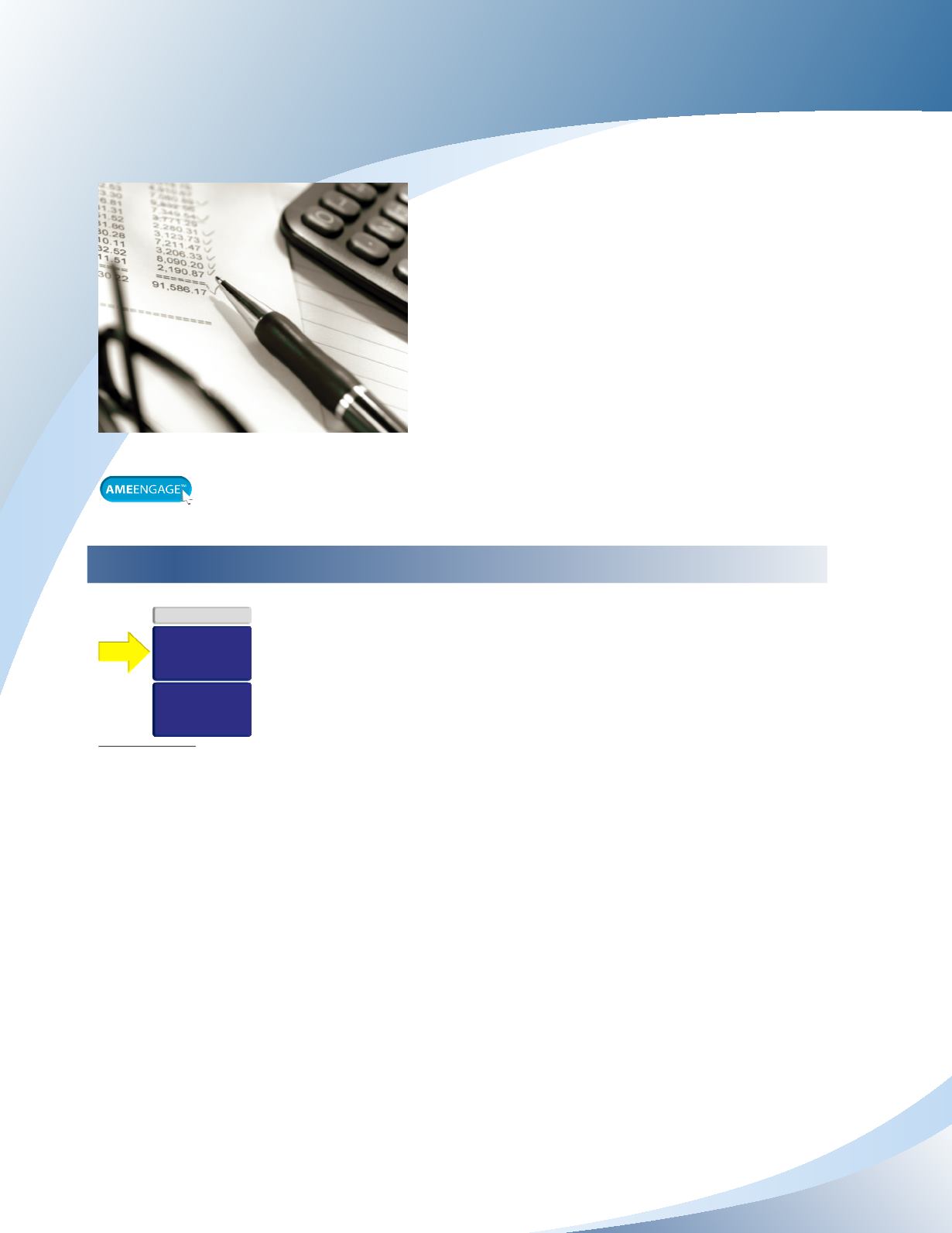
289
Chapter 10
Cash Controls
learning outcomes
❶
Apply cash controls
❷
Prepare journal entries for cash rounding, debit
and credit transactions
❸
Prepare a bank reconciliation and related journal
entries
❹
Prepare a petty cash fund and record related
journal entries
❺
Apply general business controls
Cash Controls: An Introduction
CURRENT ASSETS
CASH
CASH
EQUIVALENTS
FIGURE 10.1
As illustrated in Figure 10.1, the current assets section of the balance sheet
starts with cash because it is the most liquid asset. A business receives cash
from providing services or selling products to customers and uses that cash
to purchase assets and pay for expenses. Without cash, a business will
likely fail. Thus, it is important for a business to ensure that controls are in
place to protect this valuable asset.
While it is important to have sufficient cash on hand, if a business earns more cash than it currently
needs, leaving it in a chequing account will earn little return. Instead of having the cash sitting idle,
some companies choose to invest their excess cash into highly liquid investments, known as cash
equivalents, expecting to generate a higher return.
Cash equivalents
are considered a short-term
investment, usually shorter than three months (or 90 days). They are highly liquid and can be
quickly converted into cash when needed. Therefore, they get recorded under cash in the current
assets section of the balance sheet
.
Some examples of cash equivalents are treasury bills, money
market funds, commercial paper, and short-term Government bonds. Cash equivalents will not be
covered in this textbook.
Alternatively, a business may have less cash than it currently needs.This may cause the cash available
in the bank account to be negative.This negative amount is known as
bank overdraft
.
Access
ameengage.com
for integrated
resources including tutorials, practice
exercises, the digital textbook and more.


